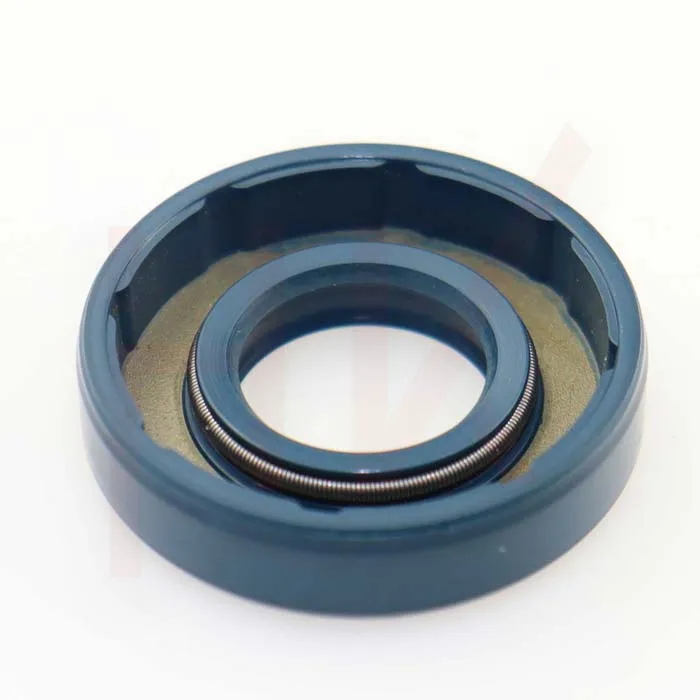Nov . 08, 2024 07:24 Back to list
Understanding Rotary Shaft Oil Seals for Efficient Machinery Operation and Maintenance
The Importance of Rotary Shaft Oil Seals in Machinery
Rotary shaft oil seals are critical components in a myriad of machinery, playing an essential role in ensuring operational efficiency and longevity. These seals are designed to prevent the leakage of lubricating oils and other fluids from rotating shafts, thereby protecting internal components from wear and contamination. Understanding their design, function, and importance is crucial for anyone involved in machinery maintenance and operation.
What Is a Rotary Shaft Oil Seal?
A rotary shaft oil seal, commonly referred to as an oil seal, is a mechanical seal that fits around a rotating shaft. It prevents lubricant from escaping and keeps dirt, dust, and moisture from entering the sealed area. Typically made from materials such as rubber, silicone, or polyurethane, these seals can withstand varying temperatures and pressures, making them suitable for diverse applications.
Function and Mechanism
The basic function of a rotary shaft oil seal is to maintain a barrier between two distinct environments – typically one that is lubricated and one that is not. The seal is positioned in a housing and grips the rotating shaft, relying on its elasticity and design to provide a snug fit. The sealing lip, which makes contact with the shaft, is engineered to create a hydraulic seal that prevents fluid leakage while allowing the shaft to rotate freely.
In operation, as the shaft rotates, the dynamic action of the seal lip against the shaft creates a controlled area where the lubricating fluid is retained. This is particularly important in high-speed applications, where the centrifugal force can cause fluid to escape if the sealing is inadequate.
The Importance of Rotating Shaft Oil Seals
rotary shaft oil seals

1. Prevention of Fluid Leakage One of the primary functions of these seals is to prevent leaks. Without effective sealing, valuable lubricants can escape, leading to decreased lubrication efficiency and increased friction on moving parts. This can result in component failure, increased maintenance costs, and unplanned downtime.
2. Protection of Internal Components Oil seals act as a barrier against external contaminants such as dirt, dust, and moisture. Keeping these harmful materials out of the machinery is crucial in prolonging the lifespan of components such as bearings, gears, and other intricate mechanisms that are often subject to wear and tear.
3. Improved Performance By ensuring that lubricants remain in place, rotary shaft oil seals contribute to the overall performance of machinery. Adequate lubrication reduces friction and heat generation, which can enhance efficiency and power output. This is especially true in engines and transmission systems where optimal performance is paramount.
4. Cost-Effectiveness Investing in high-quality rotary shaft oil seals can lead to significant cost savings over time. By preventing leaks and protecting components from contamination, operators can avoid the expenses associated with premature equipment failure and maintenance repairs.
5. Versatility and Adaptability Rotary shaft oil seals come in various sizes, shapes, and materials, making them suitable for a wide range of applications across different industries, including automotive, aerospace, manufacturing, and agriculture. Their adaptability allows for the tailored sealing solutions necessary for specific operational demands.
Conclusion
In the realm of machinery and mechanical systems, rotary shaft oil seals play a vital role in ensuring reliable operation and prolonging equipment life. Their ability to contain lubricants while keeping contaminants at bay makes them indispensable in today's high-performance environments. As technology continues to evolve, the design and materials used in oil seals are also advancing, promising even greater efficiency and durability in future applications.
Maintaining and selecting the right oil seals is thus not just a matter of choosing a part; it is an investment in the overall excellence and sustainability of machinery. Understanding and appreciating the significance of these simple yet effective components can lead to more informed decisions in equipment design, maintenance, and operation practices.
-
TCN Oil Seal Metal Ring Reinforcement for Heavy Machinery
NewsJul.25,2025
-
Rotary Lip Seal Spring-Loaded Design for High-Speed Applications
NewsJul.25,2025
-
Hydraulic Cylinder Seals Polyurethane Material for High-Impact Jobs
NewsJul.25,2025
-
High Pressure Oil Seal Polyurethane Coating Wear Resistance
NewsJul.25,2025
-
Dust Proof Seal Double Lip Design for Construction Equipment
NewsJul.25,2025
-
Hub Seal Polyurethane Wear Resistance in Agricultural Vehicles
NewsJul.25,2025
-
The Trans-formative Journey of Wheel Hub Oil Seals
NewsJun.06,2025
Products categories
















